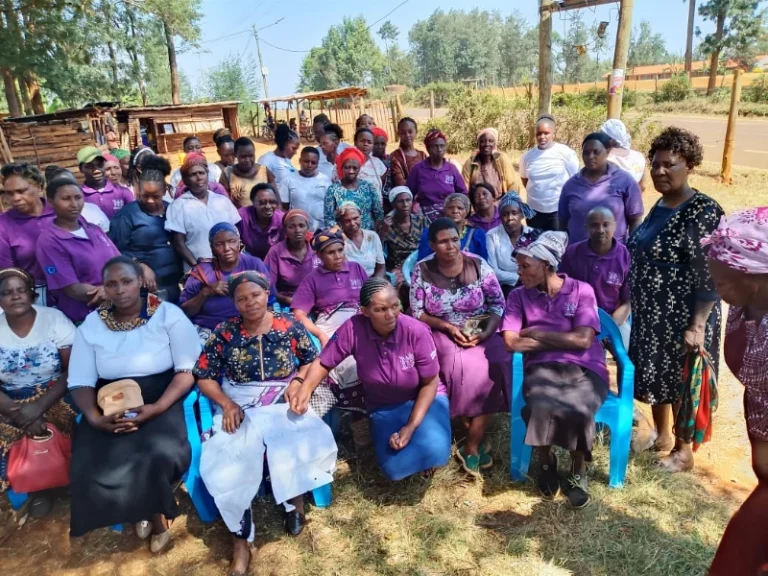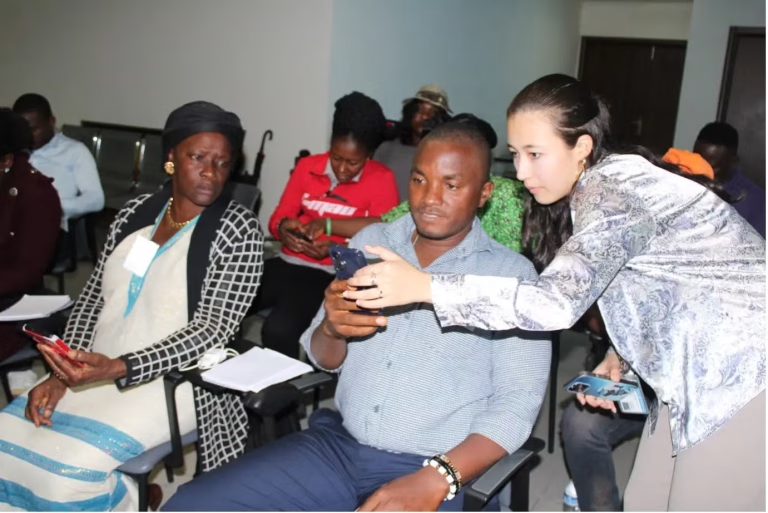
Women beaders from four northern Kenya counties have donated over Ksh 4.6 million 5% of their annual income to support nine conservancies.
The beneficiaries of this initiative include Lekuruki, Naibung’a Lower, Naibung’a Central, and Ilngwesi conservancies in Laikipia County; Leparua Conservancy in Isiolo County; Melako Conservancy in Marsabit County; and Kalama, Sera, and Westgate conservancies in Samburu County, totaling nine participating conservancies.
According to Salma Lekomet, Beadworks Production Manager at the Northern Rangelands Trust (NRT), around 1,200 women from nine conservancies are actively involved in beadwork. These women receive weekly payments for their creations, with 5% of their income set aside to fund the operations and conservation activities of their respective community wildlife conservancies.
During the cheque presentation and award ceremony at Kalama Community Wildlife Conservancy in Samburu County, Marsabit Deputy Governor Solomon Gubo and Mashinani Works CEO Vishal Shah praised the program for advancing women’s economic empowerment. They highlighted its significance for communities that often face drought and livestock losses, emphasizing the crucial role women play in environmental stewardship and climate change mitigation.
Pamela Murijo, a leading beader from Ngarendare Village in Ilngwesi Conservancy, shared that the beadwork initiative has transformed the lives of the participating women, enabling them to provide for their families and gain respect in their communities.
Maria Lekidaiyo from Melako Conservancy and Joyce Lerukai from Kalama Conservancy noted that beadwork offers a more stable source of income compared to livestock farming, which is often threatened by cattle rustling and drought.
NRT supplies beads and training to the women, sources orders from international markets, and ensures prompt weekly payment based on the volume and quality of work delivered. According to Murijo, weekly earnings can reach up to Ksh 10,000 per person during busy periods.
This collective effort not only supports conservation but also uplifts women economically, providing a sustainable livelihood beyond traditional pastoralist activities.






